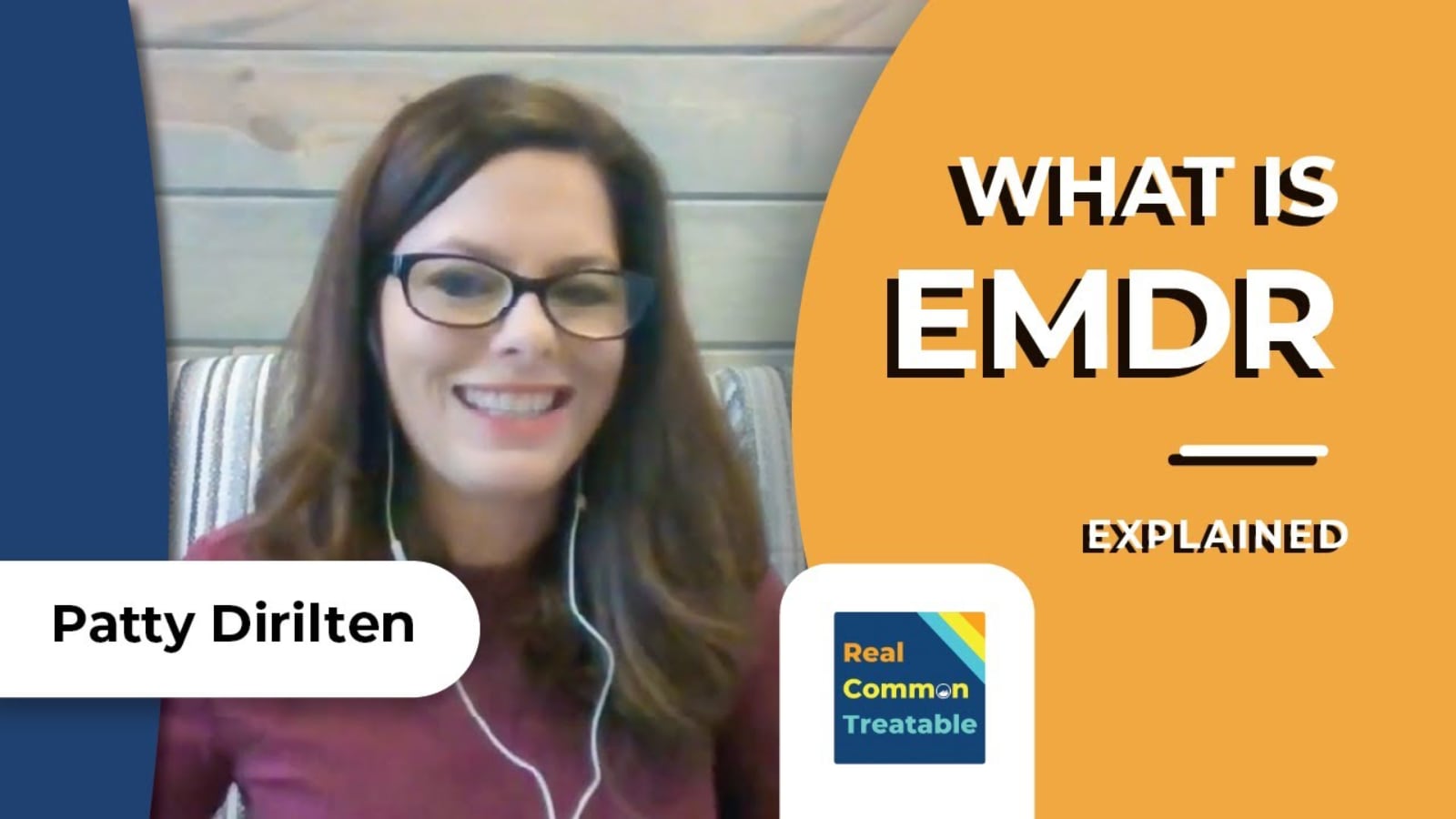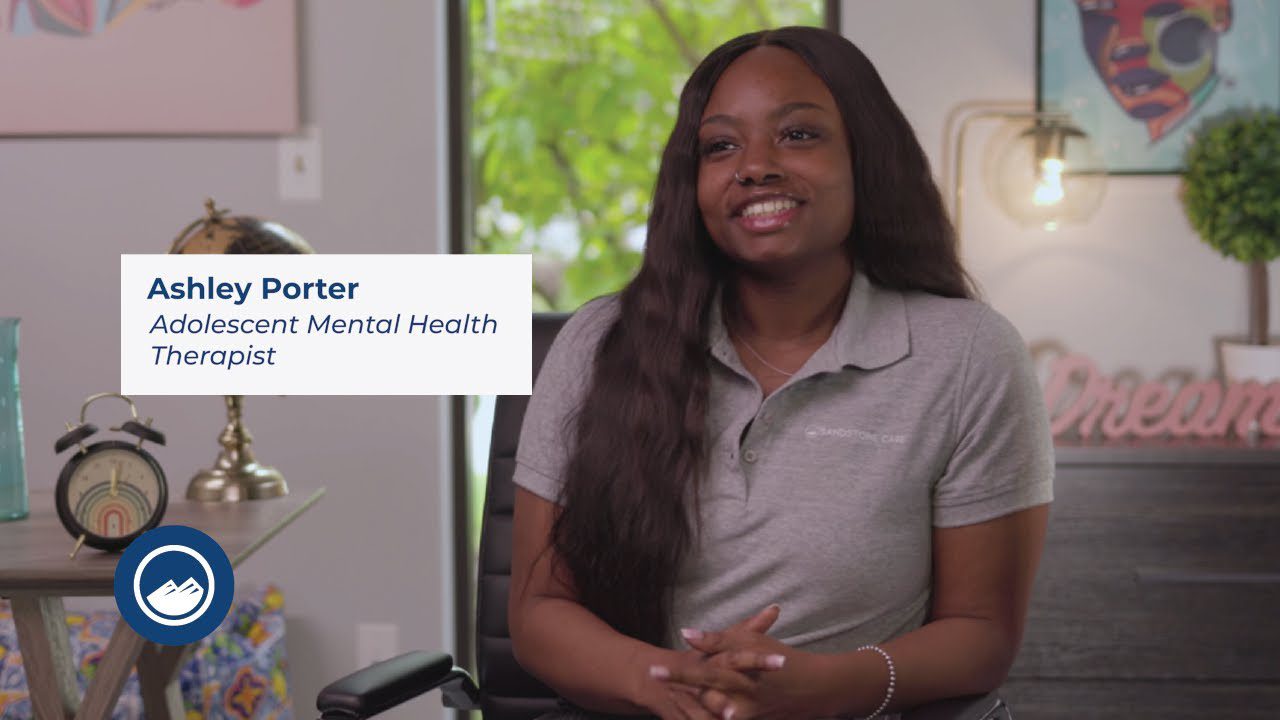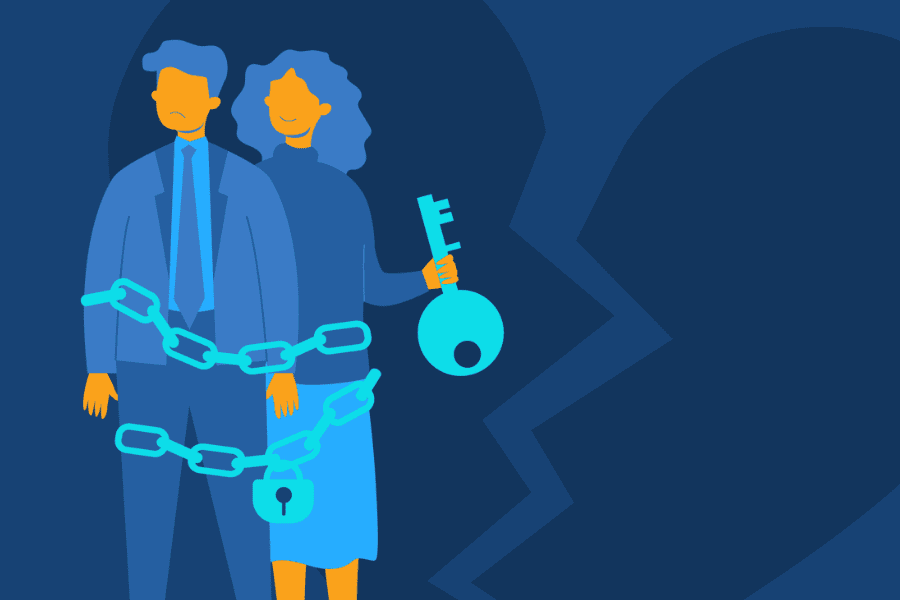Exposure Therapy Overview
What Is Exposure Therapy?
Exposure therapy is a form of treatment used in clinical psychology to help people confront their fears.
In exposure therapy, a therapist will create a safe environment where they can “expose” individuals to things they may fear or avoid.
Through exposure, a person can learn to reduce their fears and avoidance.
Exposure therapy can be helpful for a wide range of mental health conditions, including:
- Social Anxiety Disorder
- Specific Phobias
- Panic Disorder
- Obsessive-Compulsive Disorder (OCD)
- Post-traumatic Stress Disorder (PTSD)
- Generalized Anxiety Disorder (GAD)
Exposure therapy is also believed to be helpful in several different ways, which may be through:
- Habituation, where over time, a person’s fears decrease
- Extinction, which can help weaken learned associations between fears and bad outcomes
- Self-efficacy, which can help show a person that they are capable of conquering their fears
- Emotional processing, where a person learns to attach new and realistic beliefs to their fears
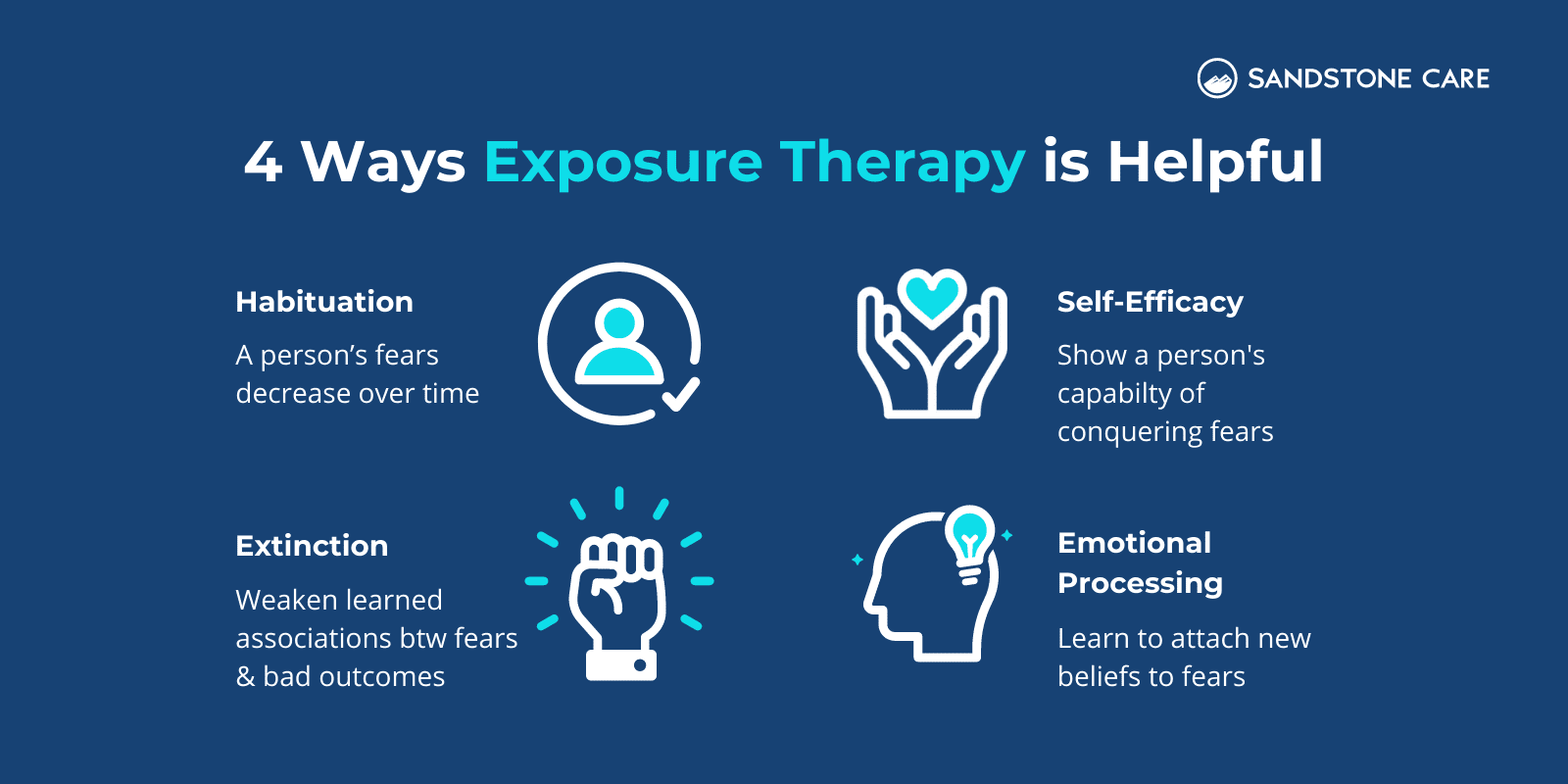
What Are The Different Types Of Exposure Therapy?
The different variations of exposure therapy can include:
- In vivo exposure, which involves directly facing the fear in real life
- Imaginal exposure, which involves imagining the feared object or activity
- Virtual reality exposure therapy, where virtual reality technology is used to stimulate a person’s fear
- Interoceptive exposure involves bringing up harmless physical sensations that are feared.
There are also different paces of exposure therapy, which can include:
- Graded exposure, meaning a person is exposed to mildly difficult fears and then progresses to harder ones
- Flooding starts with the most challenging fears and then progresses to mild ones
- Systematic desensitization is where exposure is combined with some form of relaxation technique to make symptoms feel more manageable and learn new associations with fears.
What Is The Goal Of Exposure Therapy?
The main goal of exposure therapy is to help a person overcome their fears and decrease avoidance.
What Is Exposure Therapy Most Commonly Used For?
Exposure therapy is most commonly used to treat mental health conditions like anxiety disorder, phobias, and post-traumatic stress disorder (PTSD).
Exposure Therapy Examples
What Are Examples Of Exposure Therapy?
An example of in vivo exposure therapy, where a person directly faces their fear in real life, could be someone with social anxiety having to do a speech in front of a group of people.
What Are The Disadvantages Of Exposure Therapy?
Some people worry that exposure therapy may make their symptoms worse.
While this is often not the case, it is possible to happen. However, exposure therapy is designed to help people safely confront their fears.
Exposure therapy can also be a complex process, requiring a person to do a lot of work and get out of their comfort zone.
When Is Exposure Therapy Not Recommended?
Exposure therapy may not work the same for everyone.
Instances where exposure therapy is not usually recommended can include:
- Individuals who are experiencing suicidal thoughts
- Individuals with a psychotic disorder
- Individuals experiencing dissociation
- Individuals with a comorbid diagnosis
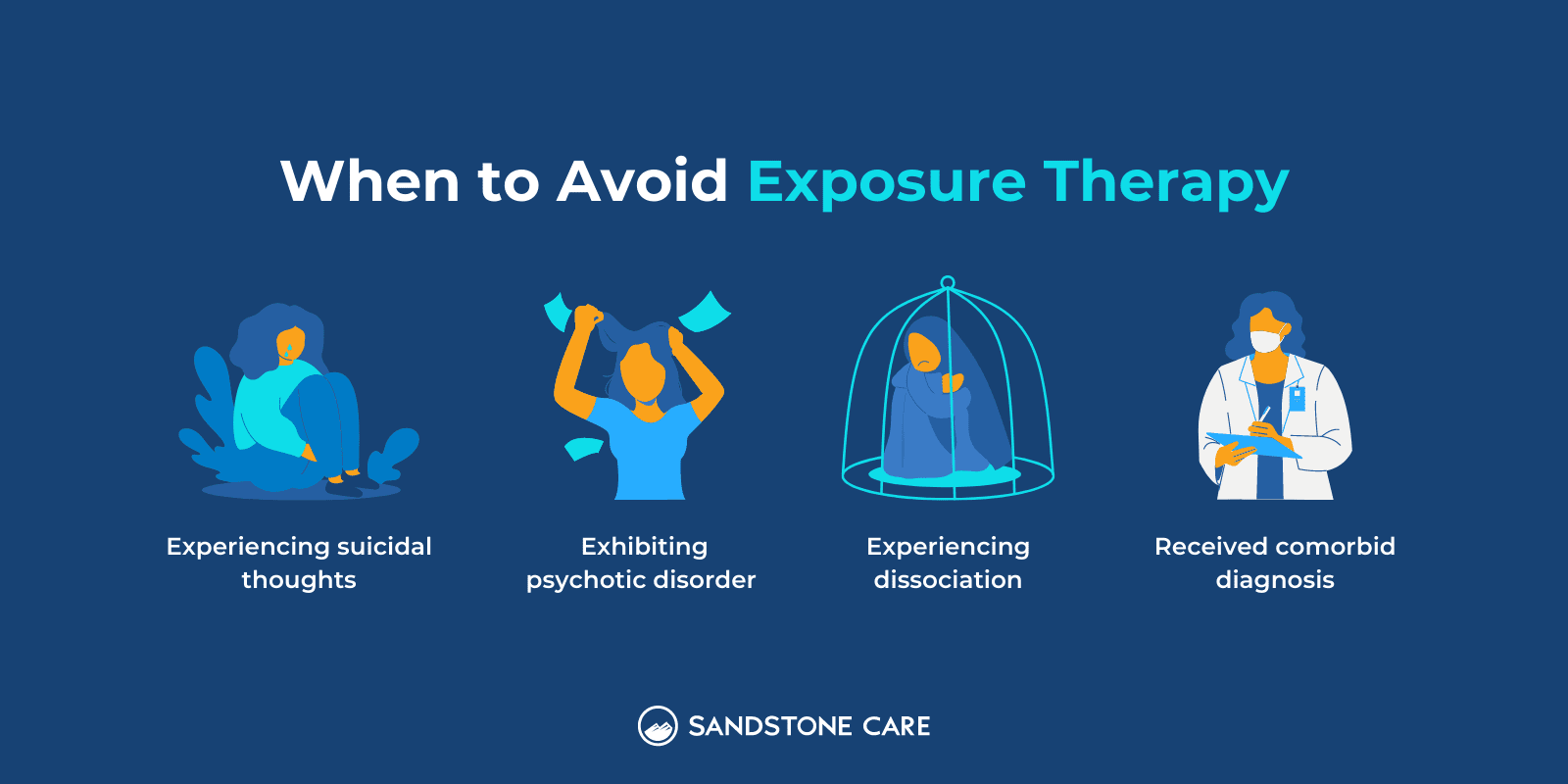
Can Exposure Therapy Backfire?
While rare, exposure therapy can backfire and make a person feel worse.
However, exposure therapy is most safe and effective when done under the supervision of a mental health professional.
How To Do Exposure Therapy
How Does Exposure Therapy Work?
In exposure therapy, the mental health professional provides a safe space where an individual is “exposed” to the things they fear or avoid.
The exposure may be done in different ways, whether in real life, through imagination, virtual reality, or sensations.
Exposure therapy can also be done at different paces, which may be by gradually exposing a person to harder fears, returning to relatively easier fears, or combining the exposure with some relaxation techniques.
How Do You Perform Exposure Therapy?
Exposure therapy is usually done by a mental health professional who specializes in exposure therapy.
It typically starts with facing a relatively mild fear and gradually working up, but it can be done in other ways.
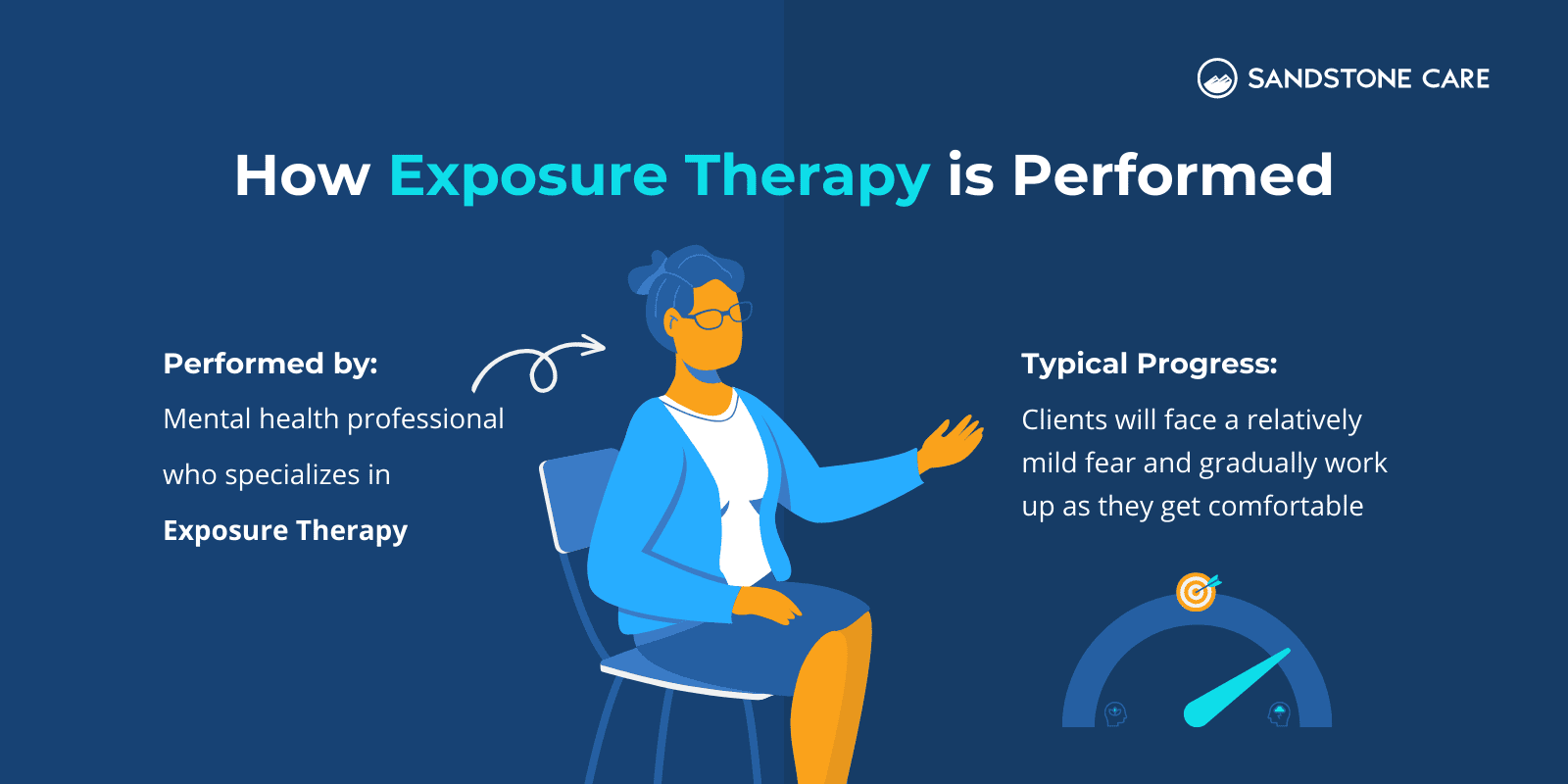
What Happens In Exposure Therapy?
Exposure therapy can look very different from person to person.
But always involves a person facing a scenario, situation, or thing they fear.
The individual may be asked to imagine it or even face it in real life.
The therapist will talk through the process with the individual, address what feelings may come up, and teach the person new, healthy ways to cope.
In exposure therapy, a person confronts their fears that they often avoid. By avoiding it, they may be getting temporary relief, but they are often making the fear and anxiety worse over time.
What Is The First Step Of Exposure Therapy?
The first step of exposure therapy is working with the therapist to establish an exposure hierarchy or fear hierarchy.
This involves brainstorming external and internal fears and ranking them in order of difficulty.
Doing this helps to set a pace for therapy and identify a person’s fears that they may not have acknowledged.
How Long Should You Do Exposure Therapy?
The length of exposure therapy depends on each individual and their needs.
Prolonged exposure therapy usually lasts around three months, but for some, it may be shorter or longer.
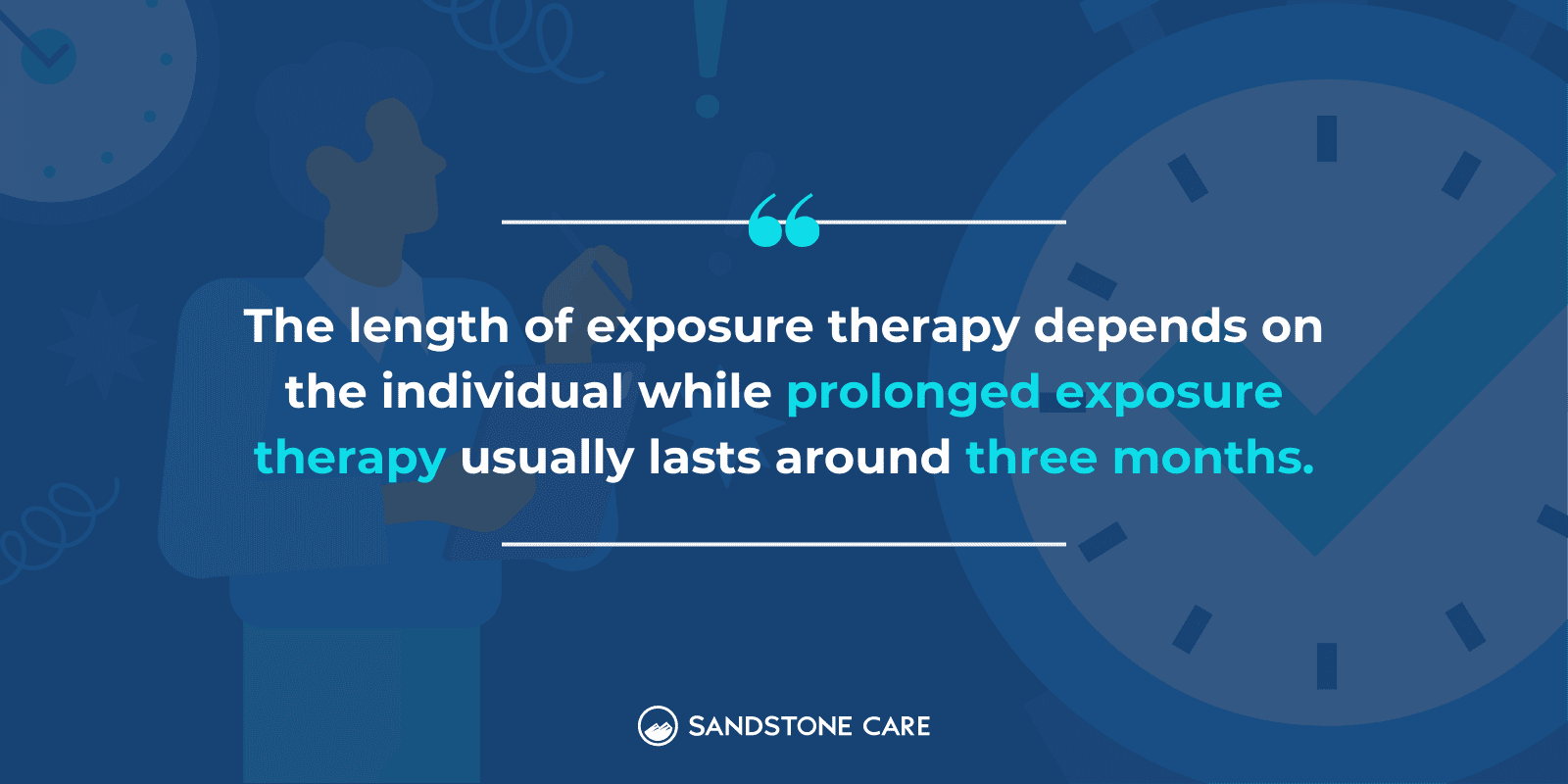
How Often Should I Do Exposure Therapy?
A mental health professional can work with you and come up with a plan for the length of time you should do exposure therapy.
The length of treatment depends on the individual and their symptoms and needs and can range from a few weeks to a few months.
How Long Does It Take For Exposure And Response Therapy To Work?
Exposure therapy is a gradual process, and a person may not see improvement until after a couple of months.
Why Is Exposure Therapy Effective?
Exposure therapy is effective because when a person confronts their fears in a safe manner, they can gradually begin to learn that those fears are not dangerous and that they don’t have to avoid them.
Exposure therapy also helps people address the negative thoughts and feelings that come with certain scenarios or situations. By identifying these negative thoughts, a person can learn to restructure them and learn healthy coping mechanisms.
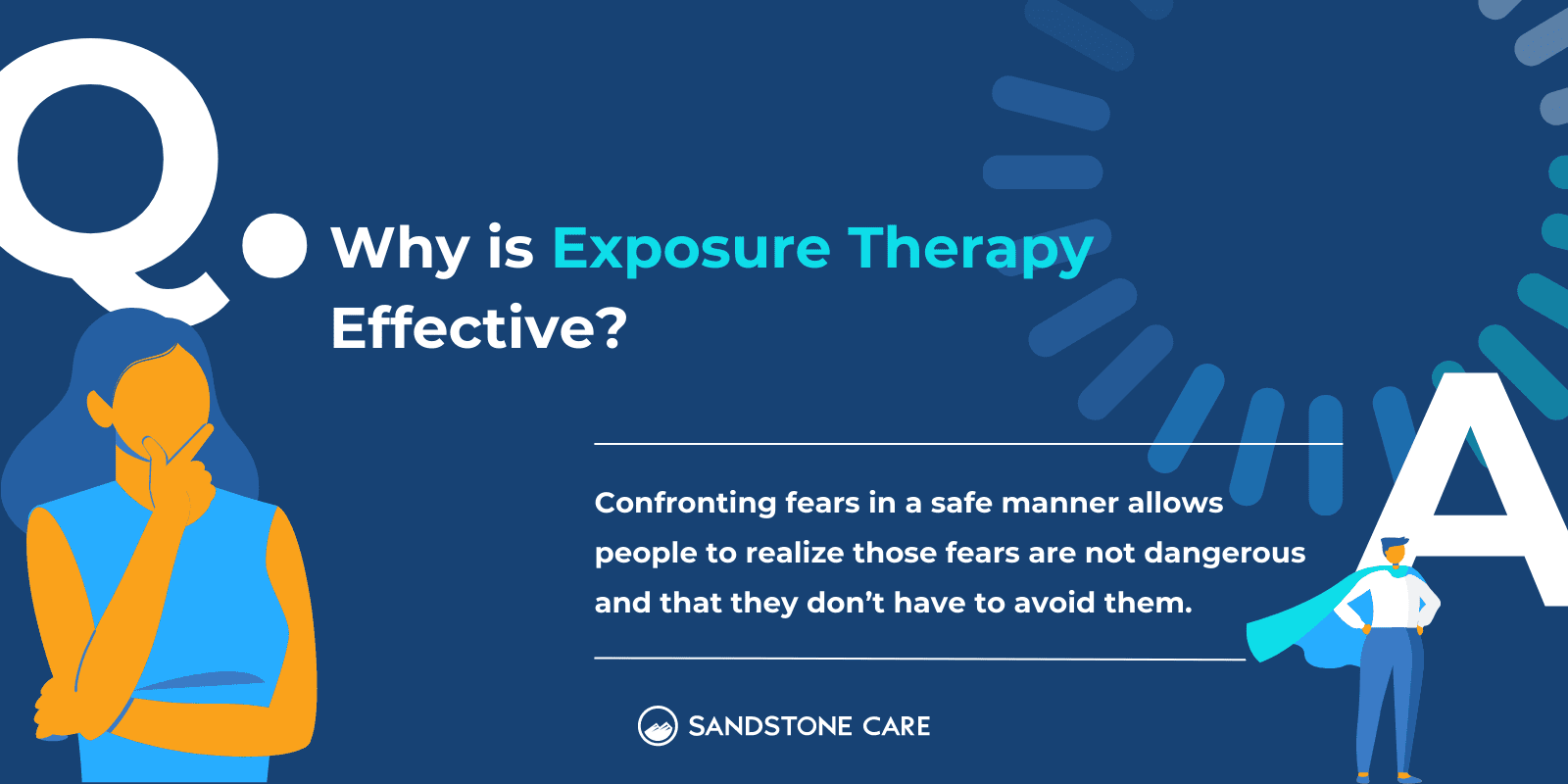
Exposure Therapy Research
Is There Research That Supports The Use Of Exposure Therapy?
Yes, studies show that exposure therapy is an effective treatment for anxiety disorders and other mental health conditions.
According to the American Psychological Association (APA), exposure therapy has been scientifically demonstrated to be an effective treatment or treatment component for a wide range of mental health conditions.
What Is The Success Rate Of Exposure Therapy?
CBT and exposure therapy are considered to be highly effective treatment approaches for anxiety disorders.
According to the Emergency Broadband Benefit Program, an estimated 60 to 90 percent of people who complete exposure therapy either have no remaining symptoms or mild symptoms that have improved from the start of treatment.
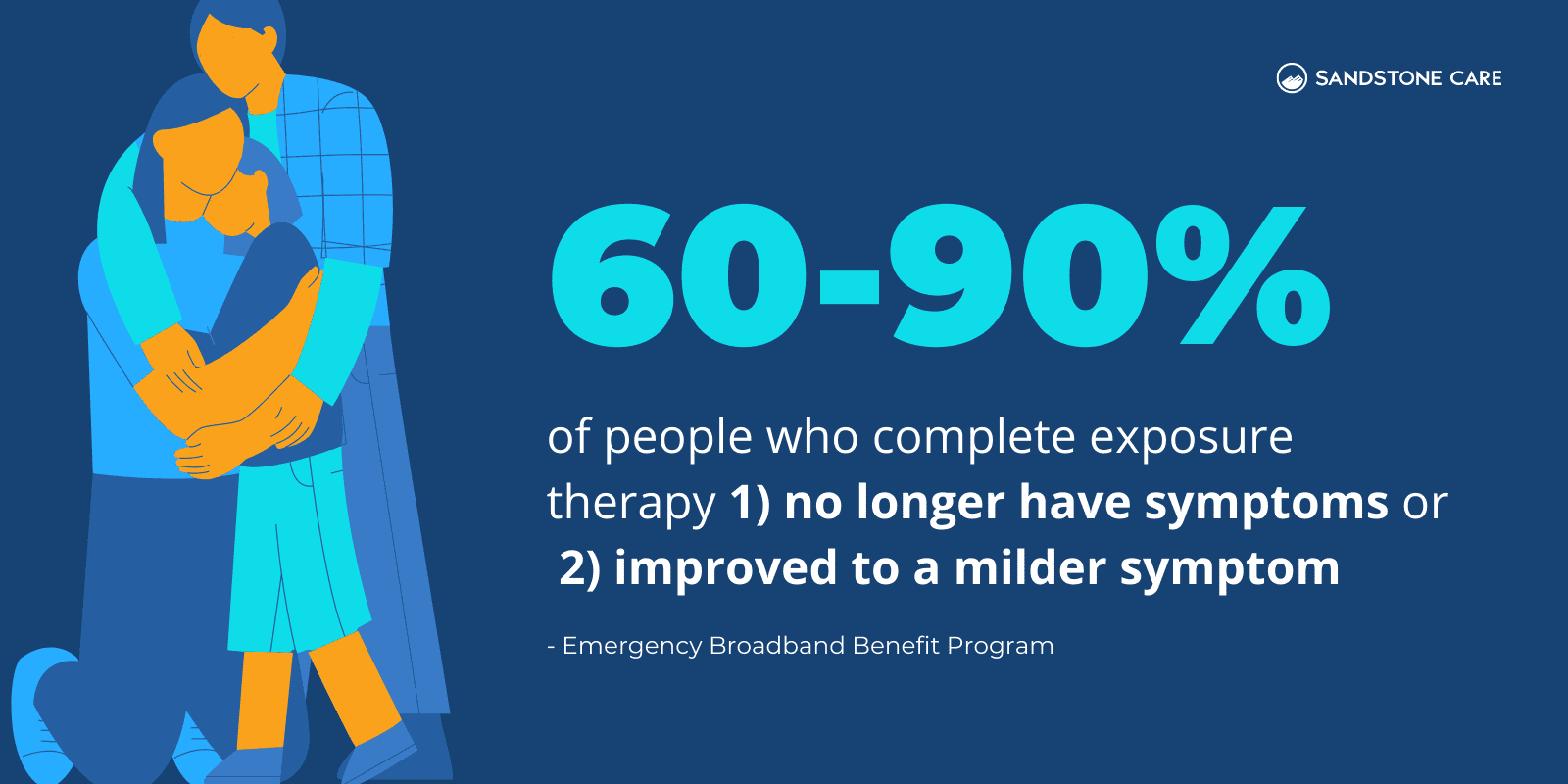
Does Exposure Therapy Work Long-term?
Exposure therapy can be effective as a long-term treatment.
Prolonged exposure therapy can be beneficial for individuals with PTSD.
Is Exposure Therapy Harmful?
Exposure therapy does not put a person in harm’s way but rather sets up situations that an individual thinks will cause them harm but is safe.
Why Is Exposure Therapy Controversial?
Some people may consider exposure therapy controversial because they question the safety of exposing people to fears that can worsen their symptoms and negatively impact their mental health.
However, it is important to recognize that exposure therapy is meant to help a person confront their fears in a safe way.
It is less common for a person’s symptoms to worsen and more likely that they will make progress in overcoming their fears.
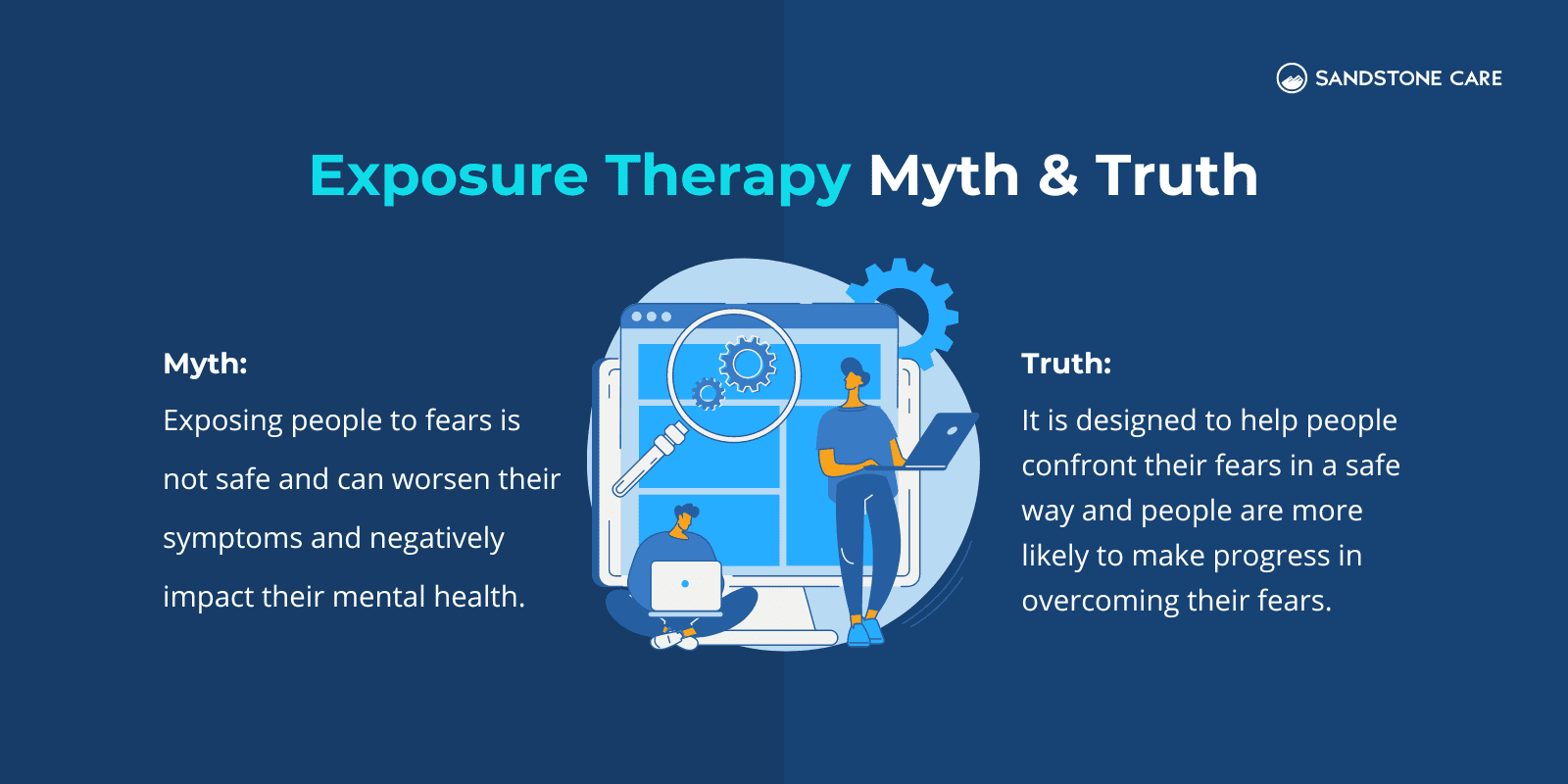
Exposure Therapy for Anxiety
How Do You Use Exposure Therapy For Anxiety?
With exposure therapy for anxiety and the help of a therapist, a person will gradually face their fears with the goal of overcoming them.
A person with an anxiety disorder may feel triggered in certain situations, for example, being in front of groups of people, going in a car, or possibly being in a setting that reminds them of difficult experiences.
With exposure therapy, a person may be asked to imagine these scenarios or even confront them in real life. They may be asked to sit in a car, and then next time, they may drive it a short distance and then possibly drive it further the following time.
With these gradual exposures, a person can learn how to cope and overcome anxious thoughts and feelings. Exposure therapy allows them to recognize the reality of their fear rather than what they perceive it to be.
Different types of anxiety disorders may be treated with exposure therapy, including:
- Panic disorders
- Phobias
- Social anxiety disorder
- Generalized anxiety disorder
- Post-traumatic stress disorder (PTSD)
- Obsessive-Compulsive Disorder (OCD)
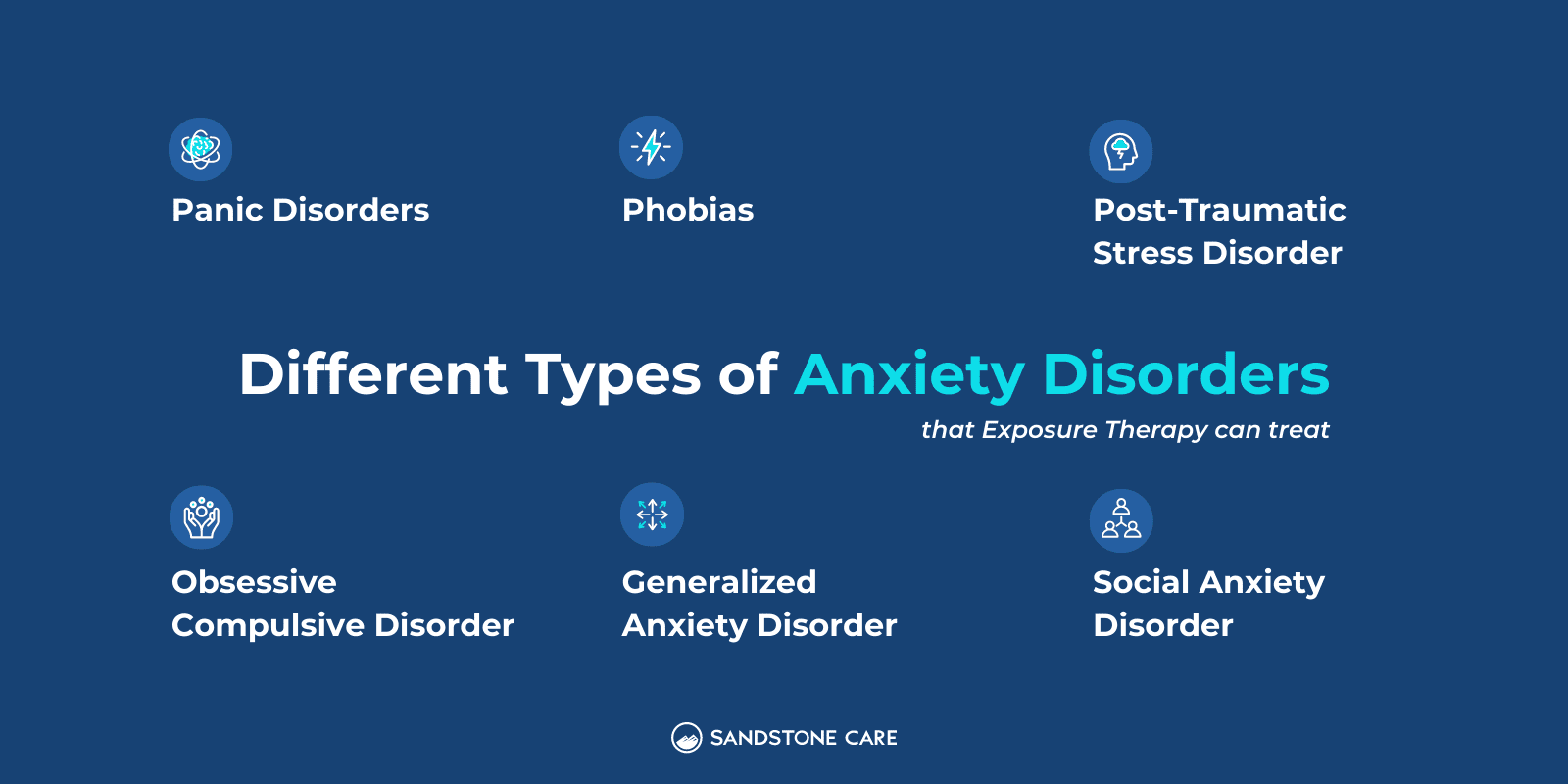
How Long Does Exposure Therapy Take For Anxiety?
The length of treatment entirely depends on the individual.
For some, exposure therapy may last for a few weeks; for others, a few months.
What Therapeutic Approach Is Best For Anxiety?
The therapeutic approach that is best for anxiety is the one that fits the individual the best.
However, cognitive-behavioral therapy (CBT) is considered the most effective and common treatment approach for anxiety.
Exposure Therapy for OCD
Is Exposure Therapy Good For OCD?
Exposure-based therapies, like Exposure and Response Prevention (ERP), are highly effective in treating OCD.
A person with OCD gets caught in a cycle of obsessions and compulsions, and ERP can reduce a person’s anxieties and stop the cycle.
What Is Exposure Response Therapy For OCD?
ERP for OCD is a behavioral therapy that gradually exposes a person to situations that are designed to provoke their obsessions in a safe way.
ERP helps teach individuals with OCD how to cope with triggering situations and prevent compulsions.

How Long Does Exposure Therapy Take For OCD?
The length of exposure to the treatment of obsessive-compulsive disorder depends on the individual and their symptoms but is generally around 2 months.
How Do You Start Exposure Therapy For OCD?
One of the first steps to starting exposure therapy for OCD is seeking help, whether it be your primary healthcare provider, a mental health professional, or anyone you trust that can connect you with professional help.
Exposure therapy often begins with identifying your fears and rating them on how difficult they are. Doing this can help set a pace for therapy and help a person create a plan with their therapist.
How To Do Exposure Therapy For Intrusive Thoughts?
ERP doesn’t get rid of intrusive thoughts but rather teaches a person how to respond to them.
A person would first have to identify their triggers and rank them on how difficult they may be. Doing so can help a person decide how they want to pace themselves.
Then, the person would choose a trigger and practice exposure to this trigger. They would teach themselves how to refrain from compulsions and also learn how to become more aware of their intrusive thoughts.
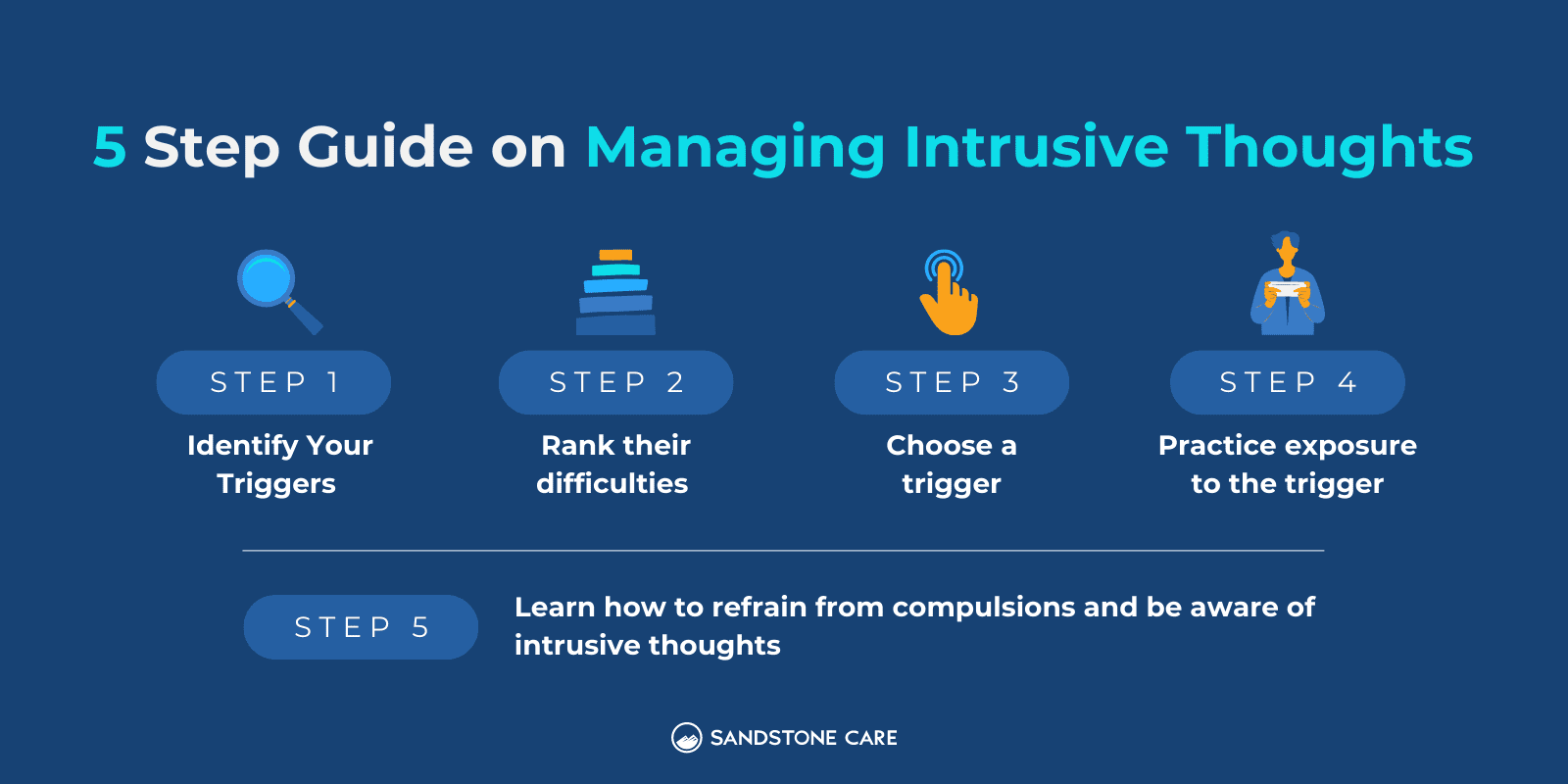
Exposure Therapy for PTSD
Is Exposure Therapy Good For PTSD?
According to the American Journal of Psychotherapy, exposure therapy is a well-established treatment for PTSD.
With exposure therapy for PTSD, a person focuses on the details of the traumatic experience while gradually reducing the anxiety and difficult feelings that come along with it.
How Long Does Exposure Therapy Take For PTSD?
A person with PTSD may go through Prolonged Exposure Therapy, which usually takes around 3 months.
But the length of treatment may be shorter or longer depending on the individual’s needs.
How Does Exposure Therapy Affect The Brain?
According to Frontiers In Behavioral Neuroscience, PTSD results in disrupted networks between brain regions, and Prolonged Exposure therapy has been shown to increase the connectivity between these interconnected regions.
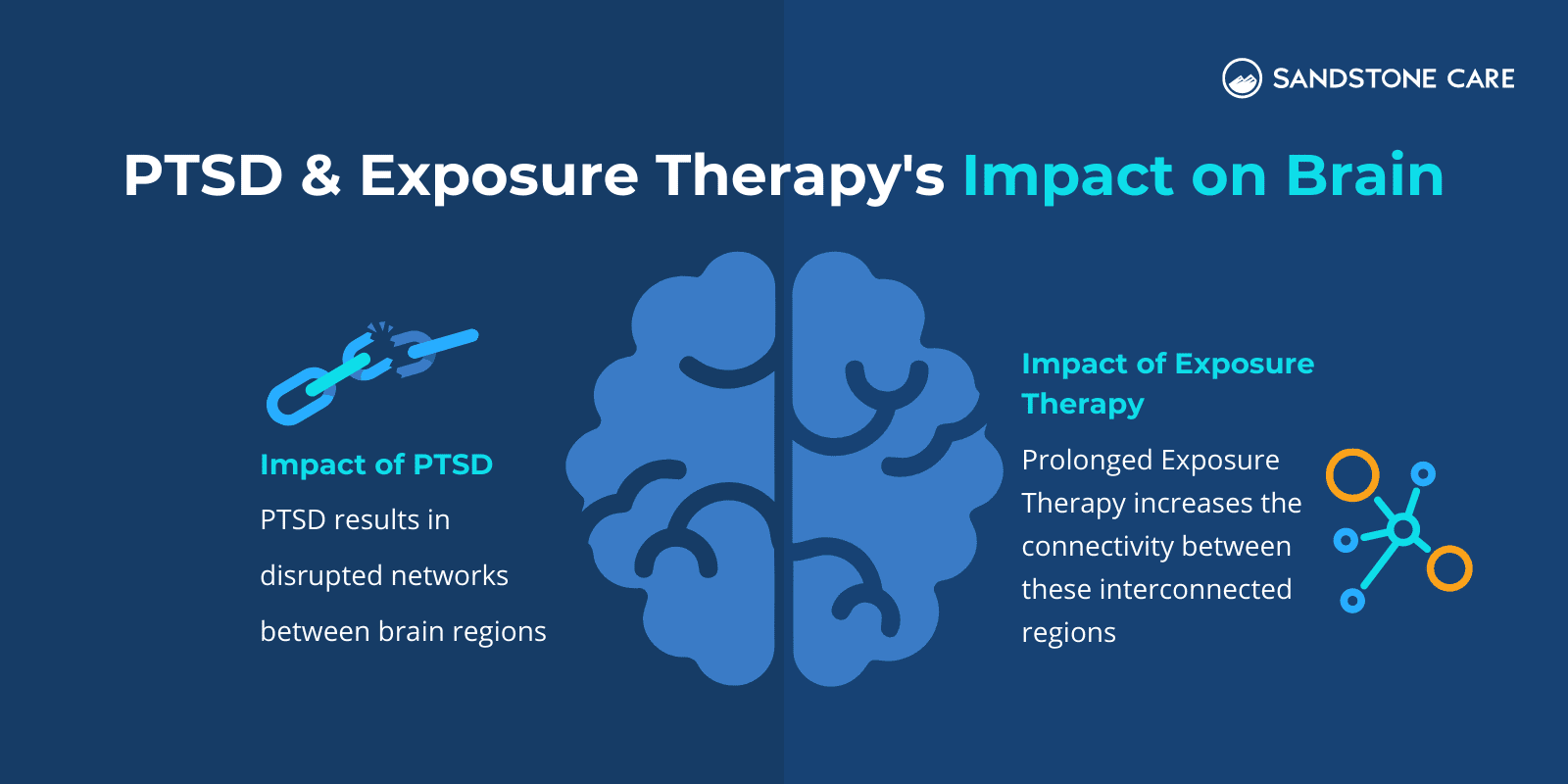
What Is The Gold Standard Treatment For PTSD?
According to the Journal of Rehabilitation Research and Development, exposure therapy is considered an effective, first-line treatment for PTSD.
Can I Do Exposure Therapy On My Own?
It is possible to do exposure therapy on your own.
However, exposure therapy is best to be done under the supervision of a professional.
Additionally, it is likely to be more effective when done with an exposure therapy specialist.
Some people, possibly a person with mild anxiety symptoms, may find themselves trying exposure therapy in real life, like making themselves go up to speak in front of a crowd.
However, it is not advised to do exposure therapy on your own if you have severe anxiety symptoms.
How To Choose An Exposure Therapy Specialist
There are a few different factors you may want to look at before choosing an exposure therapist.
You may want to see:
- How long have they specialized in exposure therapy
- What conditions do they often work with
- What type of treatments do they offer
- Pricing and if they are covered by your insurance
- If you feel comfortable with them after meeting
A useful way to ensure that you choose the right exposure therapy specialist is to spend time researching different treatment options and considering your goals and needs.
You want to make sure you feel comfortable with your therapist because you will have to go out of your comfort zone at times and want to be with someone you can trust.
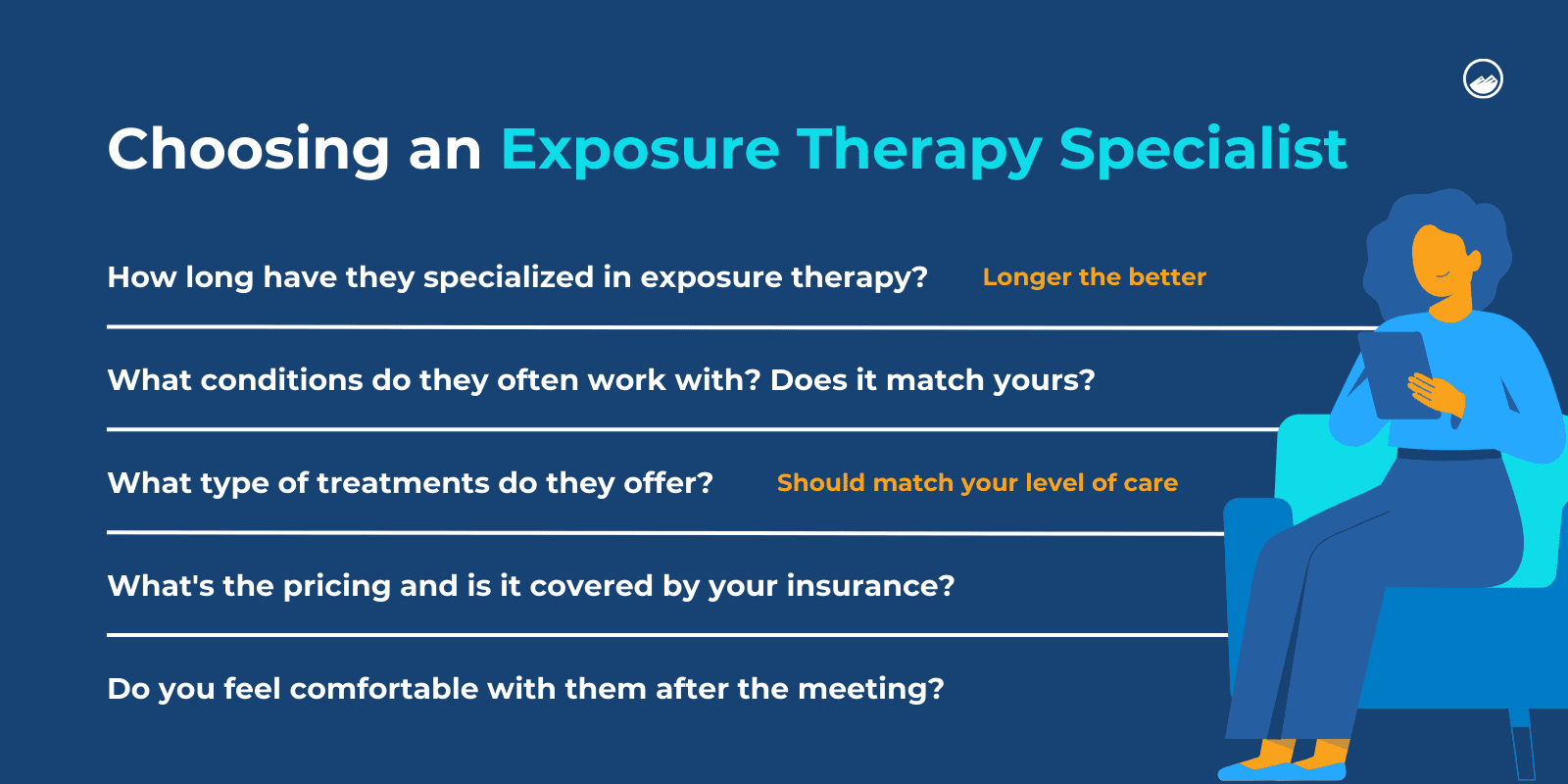
FAQ
You have questions. We have answers.
Our goal is to provide the most helpful information. Please reach out to us if you have any additional questions. We are here to help in any way we can.
Exposure is a behavioral technique that focuses on changing behaviors and improving a person’s mood.
Flooding refers to a type of exposure therapy that involves beginning exposure to your most difficult fears.
With flooding, eventually, the person will move on to relatively milder fears.
But, the main difference is that exposure therapy refers to the overall therapeutic approach, and flooding is a pace at which it can be used. Other paces can involve graded exposure or systematic desensitization.
Yes, exposure therapy is a component of cognitive-behavioral therapy (CBT).
Cognitive-behavioral therapy refers to a wide range of treatment approaches used to help individuals with mental health and substance use disorders.
With cognitive-behavioral therapy, a person learns about how their thoughts, feelings, and behaviors are all connected.
CBT is an umbrella term that refers to many different treatments, with exposure therapy being one of them.
It is not clear why more therapists use exposure therapy, but one reason may be because the idea of it may not be as traditional as other approaches, making their clients closed off to trying it.
Some therapists may also not be as familiar or comfortable with exposure therapy compared to other forms of talk therapy.
No, EMDR and Exposure therapy are not the same things.
EMDR, or Eye Movement Desensitization and Reprocessing therapy, is a treatment approach that involves moving your eyes in a specific way to process traumatic memories.
While both EMDR and Exposure therapy work through difficult experiences, their approaches are different


Let’s take the next steps together
Exposure therapy is made to help people confront and overcome their fears. Sandstone Care is here to support teens and young adults with mental health and substance use disorders.


